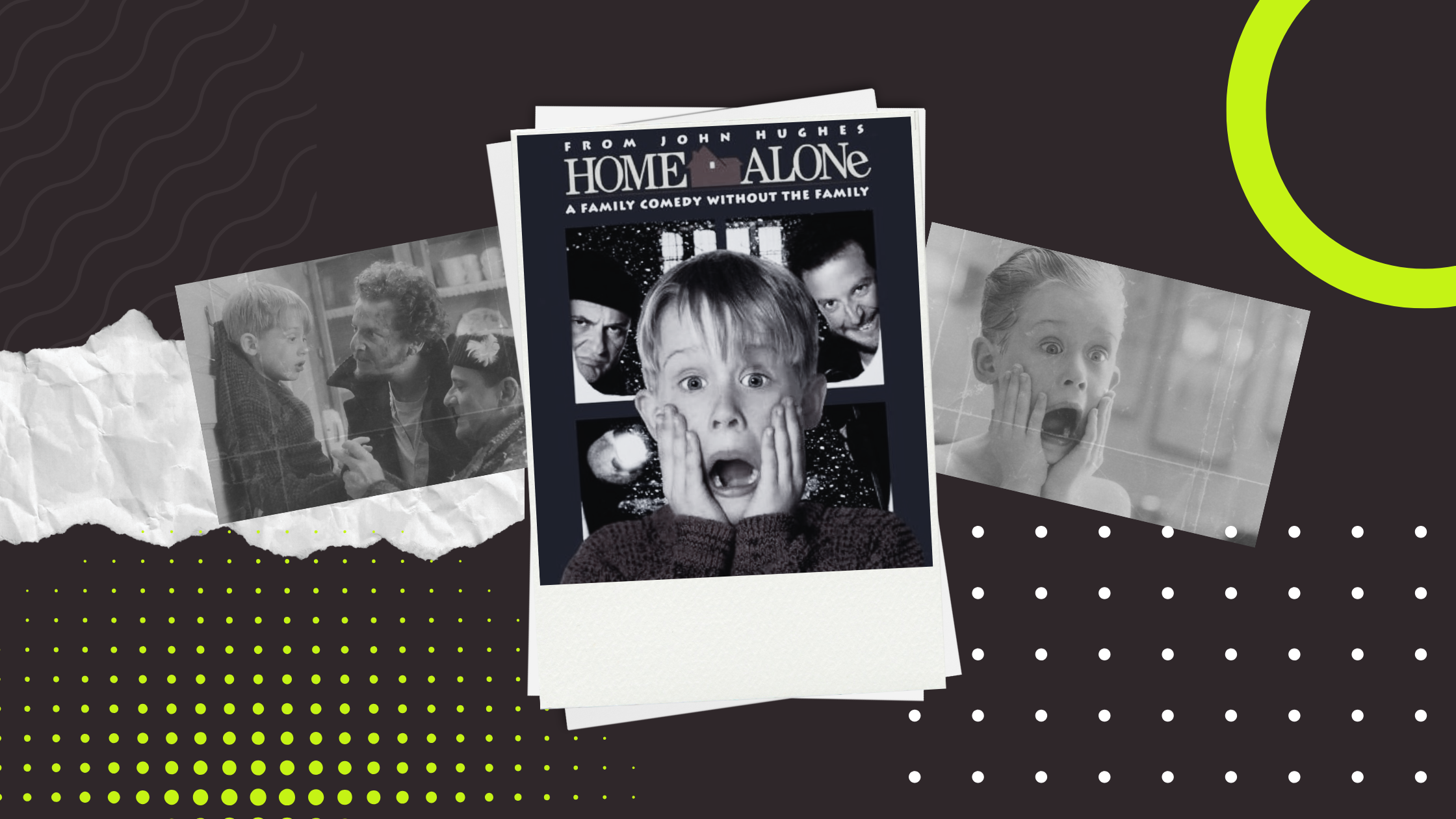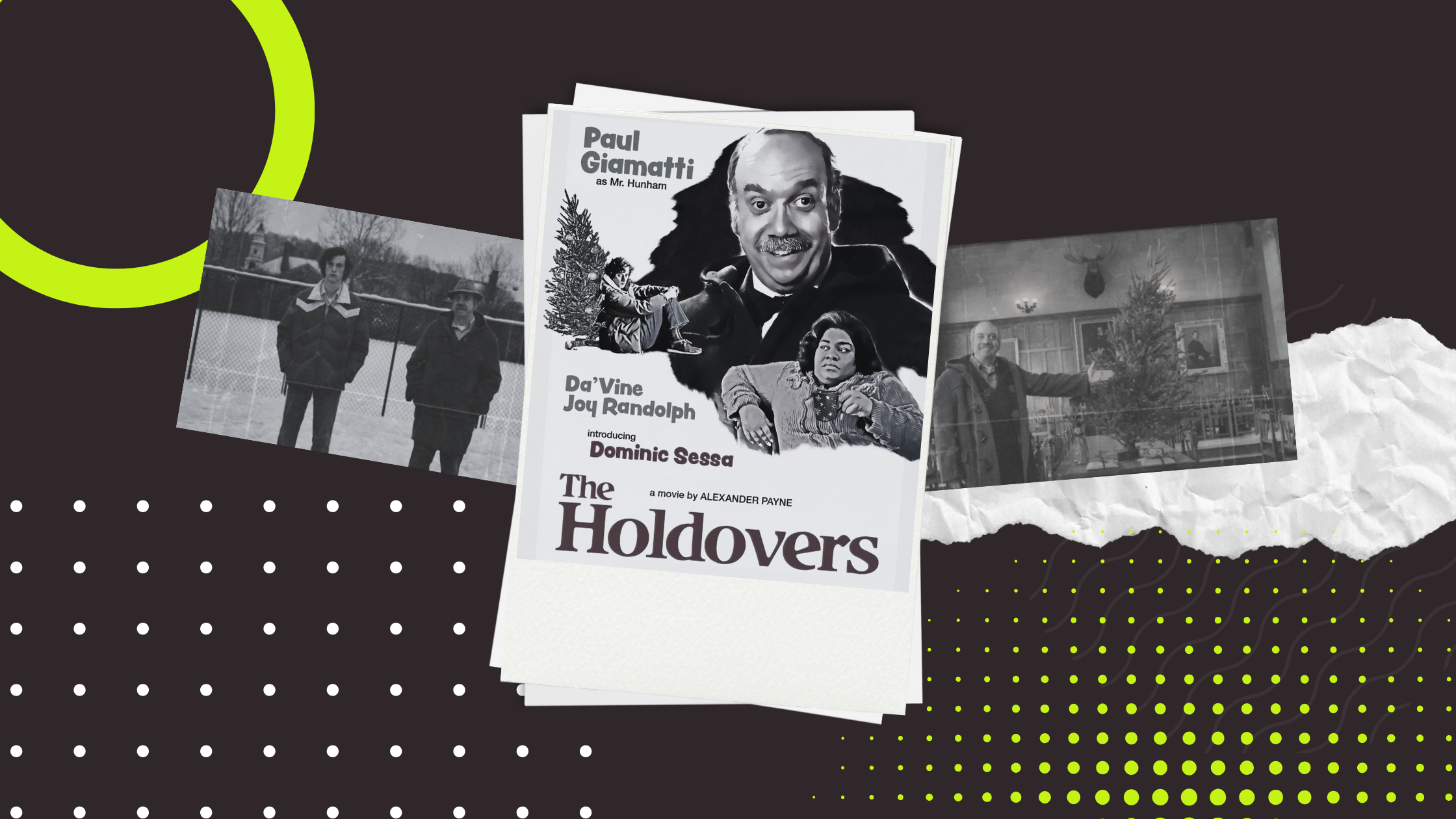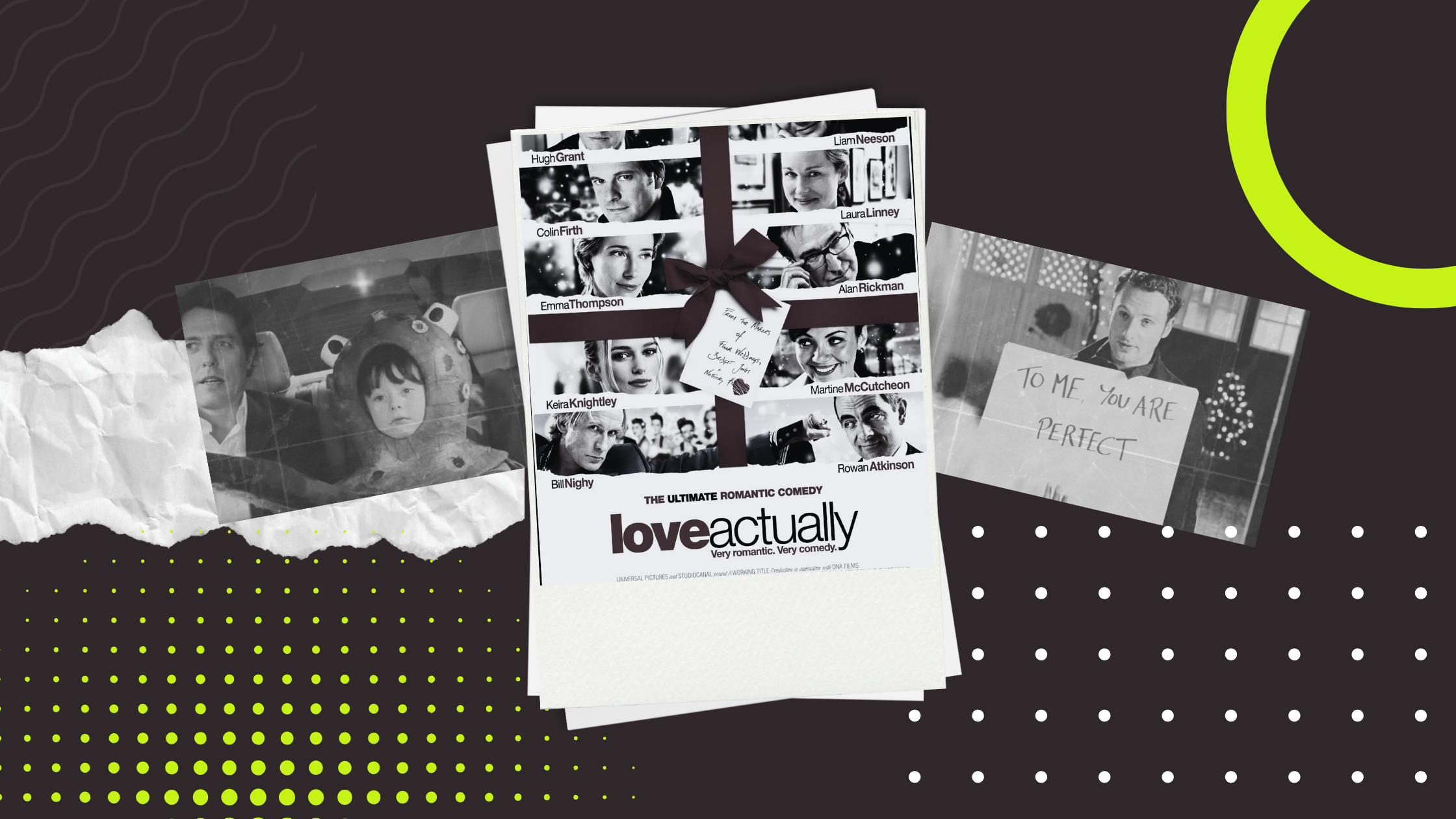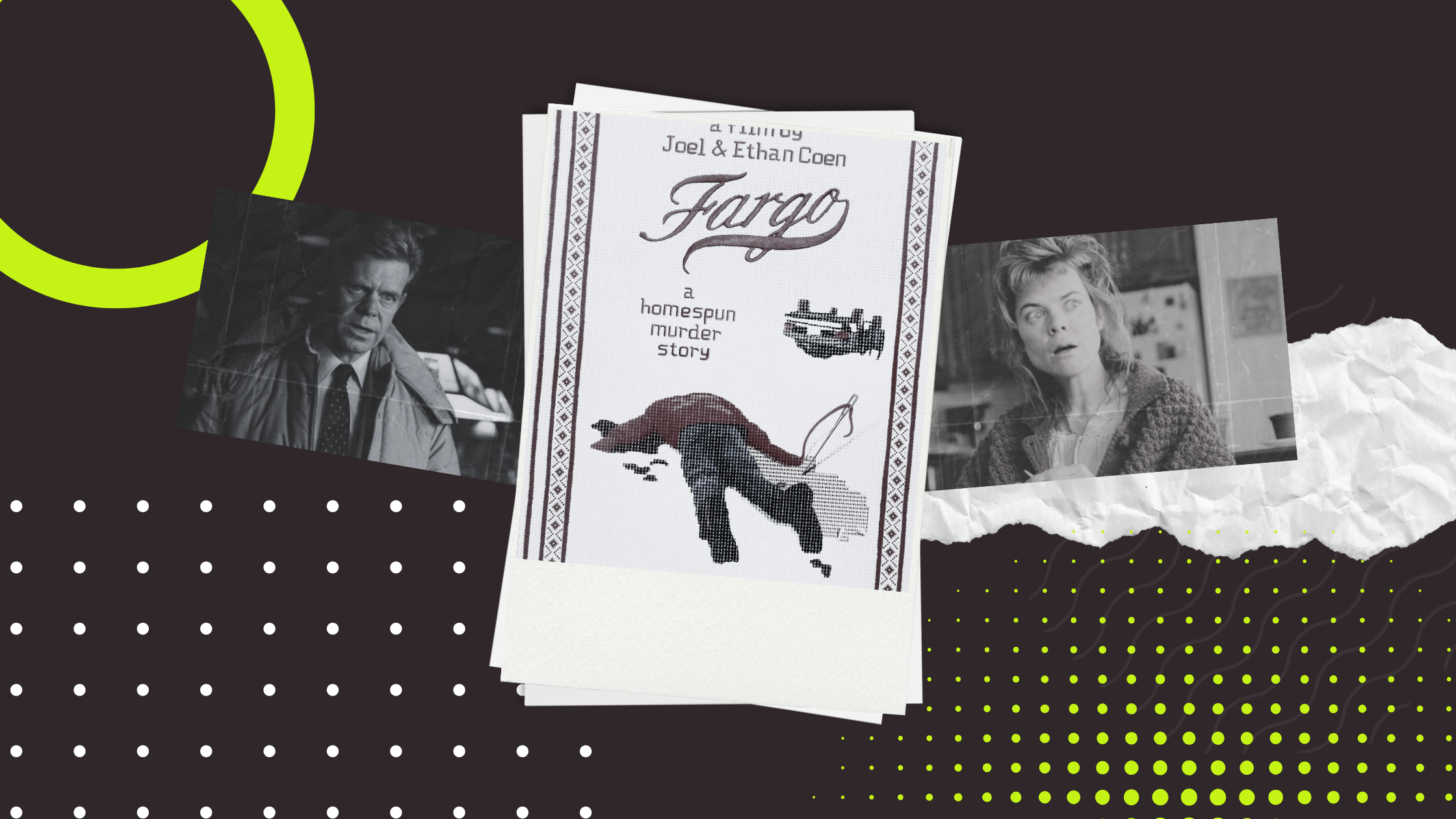Latest Articles
From Script to Set: What It Really Takes to Make a Short Film
Finishing a script is a milestone but bringing it to life is where filmmaking truly begins. Drawing from firsthand production experience, follow Ryan’s journey from page to set, breaking down how a short film moves into production. Through real-world lessons on preparation, small crews, and problem solving under pressure, Ryan shares what it takes to turn words into images and why, with adaptability and a clear creative vision, making a first short film is not only possible, but deeply rewarding.
Our Top 20 Films of the 21st Century | Reacting to Tarantino's List [Podcast]
What makes a movie truly last? In this episode of the Kinolime Podcast, John and Danny dive into one of cinema’s most irresistible debates: the best films of the 21st century. Sparked by Quentin Tarantino’s recent Top 20 list, the conversation quickly becomes personal. From bold epics to intimate character studies, comedies, and international cinema, they build their own list, arguing, calling audibles, and questioning what “greatness” really means today.
Naughty, Nice, and Surprisingly Deep: Inside The Grinch Screenplay
How the Grinch Stole Christmas is more than a familiar seasonal favorite, it’s a thoughtful example of how adaptation can elevate a simple story. Explore how a beloved children’s book became a rich feature screenplay by deepening the Grinch’s backstory and giving Cindy Lou-Who purpose and agency. Filled with festive chaos, sharp humor, and genuine heart, the film shows how strong character work can turn a Christmas tale into something unexpectedly meaningful.
15 Examples Of The Best Inciting Incidents (And Why They Work So Well)
Inciting incidents are the spark that ignites every great story. They disrupt a character’s world, hook the audience, and set the entire plot in motion. In this guide, we break down why these moments matter, how writers can craft them effectively, and what the very best examples - from Harry Potter to Parasite - teach us about unforgettable storytelling.
Home Alone: A Screenplay Classic That Still Warms (and Wrecks) Us
Step back into the twinkling chaos of Home Alone, where John Hughes’ heartfelt, hilarious screenplay turns one boy’s accidental Christmas solitude into a timeless tale of courage, family, and festive mischief. As Kevin battles burglars and loneliness, the film reminds us why this holiday classic still sparkles with magic, and why it just isn’t Christmas without a “filthy animal.”
How to Get Real Feedback, Find Your Voice, and Break In [Podcast]
John and Danny open up about the struggles and joys of being a writer, and why no one should have to create alone. In this Kinolime Podcast episode, they share their hopes for a community where writers swap pages, trade honest notes, grow together, and find the spark to keep going. It’s a heartfelt look at how showing up for each other can transform your writing journey.
The 10 Best Screenplays Of The 1970s
The 1970s: New Hollywood’s most daring era, saw writers toss out old Hollywood formulas and respond to a turbulent world with some of the greatest screenplays ever written. Born from chaos and cultural upheaval, these scripts reshaped storytelling and set a new creative standard. Here are the ten essential screenplays that defined a generation.
The Holdovers – Analysing a Contemporary Christmas Classic
In an era when true Christmas classics feel frozen in the past, The Holdovers arrives like an unexpected gift under the tree. Warm, wistful, and wrapped in ’70s snowfall, it blends sharp character drama with timeless holiday spirit. This modern gem captures the magic of found family, quiet transformation, and the kind of winter comfort we return to year after year.
15 Best High School Screenplays
High school is the ultimate cinematic backdrop, messy, funny, cruel, and unforgettable. It’s where crushes felt apocalyptic, friendships felt sacred, and every hallway showdown played like a three-act drama. From satire to horror to heartfelt coming-of-age, these stories shaped us. So grab your notebooks: here are 15 high school screenplays that defined eras, broke rules, and still hit way too close to home.
Love, Loss & Christmas Chaos: Inside the Love Actually Screenplay
Love Actually remains a holiday classic because it weaves ten tender, messy, and magical love stories into one warm Christmas tapestry. From unspoken confessions to unexpected reunions, the film celebrates love in all its imperfect forms. Explore how Richard Curtis crafted a charming, interconnected world where heartbreak, hope, and wonder collide, reminding us that, at Christmas, love really is all around.
And We Have a Winner: PUSHING DAISY Takes the Crown
PUSHING DAISY by Eduard Mitra is the winner of the Kinolime Shorts Competition. This darkly funny, heartfelt script captured the community’s imagination. Huge thanks to our incredible runners-up, CHICKEN and BODY OF WATER, for their powerful stories. And thank you to every Kinolimer who voted, this community of writers and film lovers makes it all possible.
Filmmaking in War: Alice Biletska & Our House Is on Fire [Podcast]
In this powerful conversation, director Alice Biletska takes us inside the making of Our House Is on Fire, a Kinolime production and one of the first narrative films shot in Ukraine during the full-scale invasion. She reflects on leaving LA to return home, creating art under bombings and curfews, and the profound questions that shaped the film: Why tell stories when the world is collapsing? What endures when everything else falls away?
Funny At Its Finest: 20 Downloadable Comedy Scripts To Learn From
Comedy may be impossible to define, but great comedic writing? That you can absolutely learn. From rom-com classics to zombie chaos, these 20 downloadable scripts show how wit, structure, and sheer absurdity collide to create something unforgettable. Whether you prefer clever banter, surreal hijinks, or full-on chaos, there’s a masterclass here waiting to make you laugh, and level up your writing.
This is Why We Go to the Movies: A Fargo Script Analysis
The Coen Brothers’ Fargo is a rare film that truly has it all, suspense, humor, heart, and razor-sharp craft. In this episode, we explore why this 1996 classic remains a storytelling masterclass, from its unforgettable characters to its chillingly simple plot and timeless theme of greed. If you want to see how a script can be both wildly entertaining and artistically flawless, this is the breakdown for you.
Fresh Ideas for Scripts: Fuel Your Next Great Story
Struggling for your next great story? Unleashes your creativity with brainstorming techniques, 50 fresh script ideas across genres, and a step-by-step method to turn sparks into screenplays. Learn how to hook readers, build emotional payoffs, and discover where to submit your finished script - from competitions to Kinolime itself.
Inside the Potential Sale of Warner Bros Discovery [Podcast]
Warner Bros. exploring a sale isn’t just news, it’s a turning point. In this episode, John and Danny break down what mega-mergers, Wall Street leadership, and weak antitrust mean for filmmakers, film lovers, and the future of cinema. From worst-case buyers to the rise of indie film and audience-driven studios, they unpack the risks, the hope, and why this moment matters more than ever.
The Heart of Storytelling: Celebrating Our Top 3 (and Every Voice Along the Way)
From over 2,000 scripts, three unforgettable stories rose to the top: CHICKEN, PUSHING DAISY, and BODY OF WATER. To the seven incredible writers who didn’t make it: thank you for your heart, courage, and craft. Your stories moved us deeply. Now it’s your turn, Kinolimers, read, listen, and vote for the story that stayed with you.
Facing the Future: How “My Old Ass” Turns Coming-of-Age into a Conversation with Yourself
Megan Park’s My Old Ass blends heartfelt coming-of-age with magical realism as teen Elliott meets her 39-year-old future self after a shroom trip. What begins as playful advice (“wear your retainer”) becomes a profound meditation on love, loss, and gratitude; reminding us that growing up means embracing life’s beauty, even knowing it will one day fade.
The Art of Commercial Storytelling [Podcast]
John and Danny dive into how the streaming boom is reshaping screenwriting. With films now driving more revenue than TV, they explore what that means for writers, covering Netflix’s five-minute rule, the rise of high-concept storytelling, and why shorter, punchier scripts win. Tune in for six essential tips on writing for today’s market and keeping your stories irresistible from page one.
Top 16 Screenwriting Books
You don’t need an MFA to master screenwriting - just the right books. From Blake Snyder’s Save the Cat! to Stephen King’s On Writing and Pressfield’s The War of Art, these 16 must-reads cover every angle: story structure, dialogue, industry insight, creative mindset, and the business of getting your words from page to screen.




![Our Top 20 Films of the 21st Century | Reacting to Tarantino's List [Podcast]](https://images.squarespace-cdn.com/content/v1/61e8a17cae68793e9fa20bb5/1766047044306-TK055XIW8I2ZI7Y5ZCUT/Kinolime+Podcast+Episode+29+-+16-9.png)



![How to Get Real Feedback, Find Your Voice, and Break In [Podcast]](https://images.squarespace-cdn.com/content/v1/61e8a17cae68793e9fa20bb5/1764751401045-585NZIX4TUOP6HZKBSGF/Kinolime+Podcast+Episode+27+-+16-9.png)




![Filmmaking in War: Alice Biletska & Our House Is on Fire [Podcast]](https://images.squarespace-cdn.com/content/v1/61e8a17cae68793e9fa20bb5/1763740421681-ISSKESB436LCE3AOABSJ/Kinolime+Podcast+Episode+26+-+16-9+c.png)



![Inside the Potential Sale of Warner Bros Discovery [Podcast]](https://images.squarespace-cdn.com/content/v1/61e8a17cae68793e9fa20bb5/1763129883089-SNSJ1I0BC3Q2N0IR7QDP/Kinolime+Podcast+Episode+25+-+16-9.png)


![The Art of Commercial Storytelling [Podcast]](https://images.squarespace-cdn.com/content/v1/61e8a17cae68793e9fa20bb5/1762334129496-HL3MTM9MB5NH6ZJ1K5YW/Kinolime+Podcast+Episode+24+-+16-9.png)
